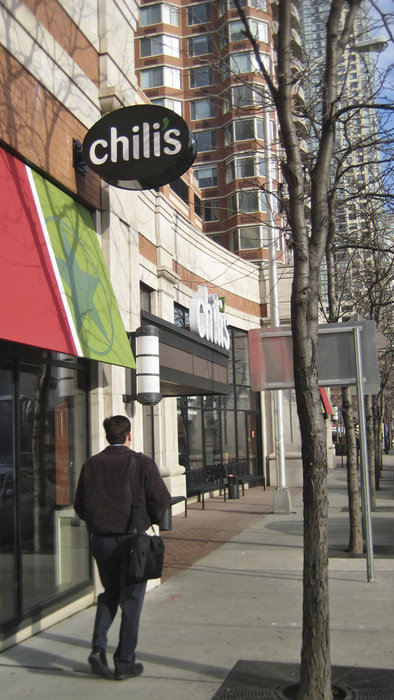The Federal Emergency Management Agency (FEMA) is in the process of revising flood maps and construction recommendations for the Jersey City-Hoboken region – and city planners and local officials don’t like what they see.
According to a FEMA spokesman, these flood maps and building advisories were already in the works prior to Hurricane Sandy, which devastated Hudson County and parts of New York last fall, but were released in draft form early so that cities in the area can begin to protect themselves from similar storms in the future.
These maps and guidelines have yet to be finalized and adopted by the agency. If approved in their current draft, city planners and local officials say they will radically change the urban landscape in a way that could hurt commerce and alienate customers.
“There’s a real problem that we’re going to be confronted with [regarding] these new maps,” said Director of Jersey City Planning Robert Cotter.
Raising the map
Under FEMA regulations, the lowest floor of a development must be built at least one foot above the base flood elevation, according to Cotter.
“The problem,” he said, “is the base flood elevations [for our area] have been raised by the new FEMA maps.”
Older flood maps for Jersey City and Hoboken allowed for ground floor commercial and residential space. It appears the new maps will advise against such architectural designs and will recommend that buildings be elevated to avoid flooding from future hurricanes.
‘It’s a different world we’re living in now.’ – Bill Sheehan
____________
For retail-oriented businesses to be successful, he said, they need to be on the ground level. In recent years, a number of Jersey City developments have been built with retail space planned for the ground floor, and residential units situated above the retail.
Forcing architects and developers to elevate the lowest floors, Cotter said, means retail space would be lifted off the ground, out of reach for pedestrians and customers.
“If you’re selling a sweater or a pair of shoes, you have to be at [ground] level. The customer has to be able to see the store, look at the merchandise through a glass window, and walk in. Psychologically, customers won’t take the trip up a flight of stairs.”
The new recommendations – which FEMA spokesman Darrel Habisch emphasized are not requirements – wouldn’t affect any development that has already been completed, any development that has already broken ground, or any project that has already received its building permits. But the recommendations will likely impact projects that are currently in their planning stages.
Habisch pointed out, however, that new buildings that don’t comply with the new FEMA standards won’t be eligible for federal flood insurance in the wake of a damaging weather event.
“This could be devastating to retail,” said Cotter.
And he’s not the only one who’s concerned. Hoboken Mayor Dawn Zimmer has raised her own concerns about the impact the new flood maps will have on her city.
Floodgates v. waterproofing
Zimmer has recommended a controversial plan to build a system of federally-funded flood walls around Hoboken to protect the Mile Square City from another devastating storm like Sandy. Since she first made this recommendation several weeks ago in her State of the City address, Zimmer’s proposal has been criticized.
“Floodgates do their job, up to a point. But there’s no way of predicting what the next storm is going to bring,” said Hackensack Riverkeeper Bill Sheehan. “Let’s say you build a 12-foot wall around Staten Island. That can potentially keep the water out – unless the surge is higher than 12 feet. Then the water would pour over the wall and it wouldn’t be able to get out. Then they’d have to bring in pumps to pump it all out.”
He pointed to Moonachie and Little Ferry – two towns that rely on flood gates to protect them – as communities that suffered this type of fate during Sandy.
Cotter has his own recommendations.
“One of the solutions we’re suggesting is you have sort of ‘sacrificial space’ that would be at sidewalk level, but might require customers to go up a flight of stairs [inside] to get to the retail and merchandise,” Cotter said. “Another option is you make your retail or restaurant space very water resistant. You could build it out [of something other than] sheet rock, and you put up concrete, or stucco, or tiles.”
At least two businesses in Jersey City on Grand Street are built in this way, said Cotter, and even though they were hit during Hurricane Sandy, they were able to reopen faster than many other businesses that do not have similarly waterproofed floors and walls.
Cotter, Zimmer, Jersey City Mayor Jerramiah T. Healy, and Brandy Forbes, director of Planning and Community Development in Hoboken, recently met in Trenton with officials from FEMA, the Department of Environmental Protection, and the state Department of Community Affairs to see if the new guidelines can be modified and adapted to fit urban communities.
Riverkeeper: Retreat now
The best solution, according to Sheehan, is also the one that is, perhaps, the least popular.
When asked what flood-prone communities should do to better protect property, he said, “Retreat. It’s the one word that no one is throwing around out there. It’s a different world we’re living in now,” said Sheehan. “According to Rutgers University, the average tide level is going up over the next 50 years. The areas that flooded during the big storm are just going to keep flooding.”
E-mail E. Assata Wright at awright@hudsonreporter.com.
